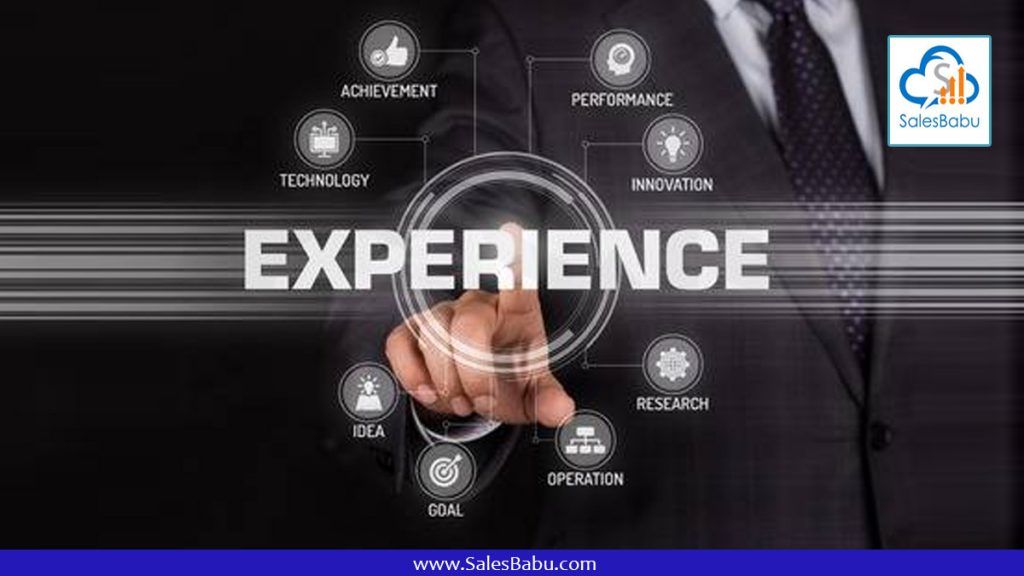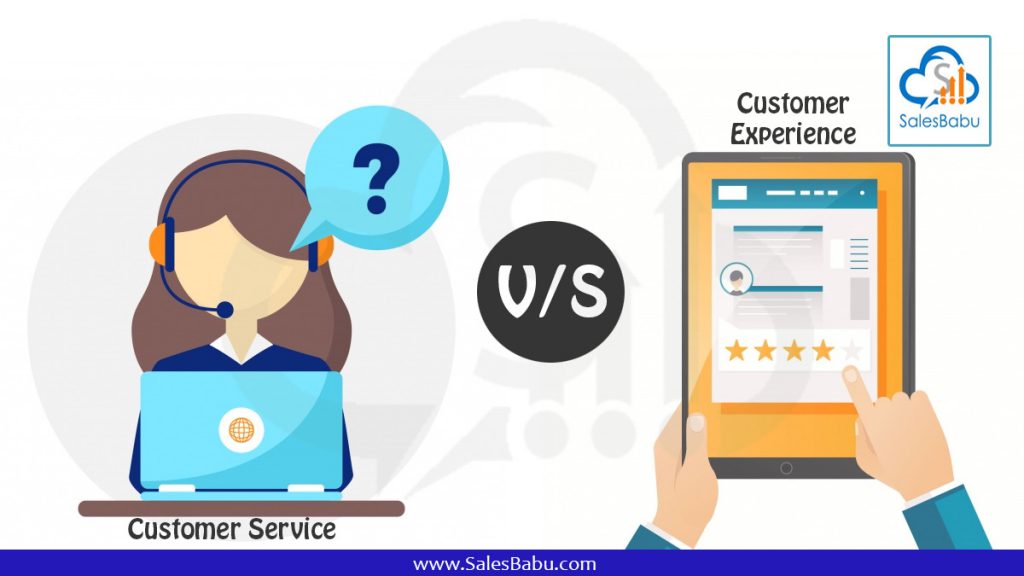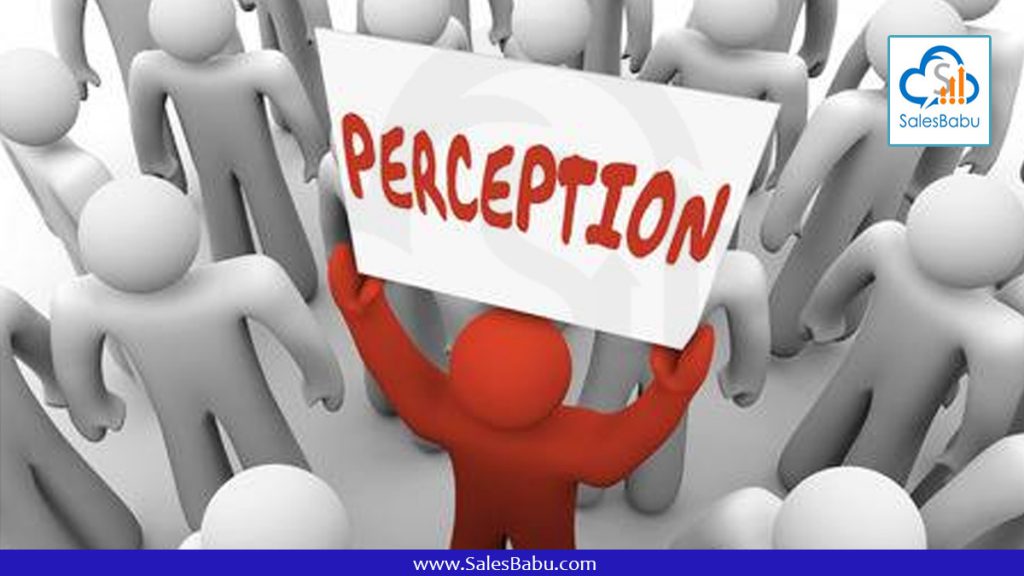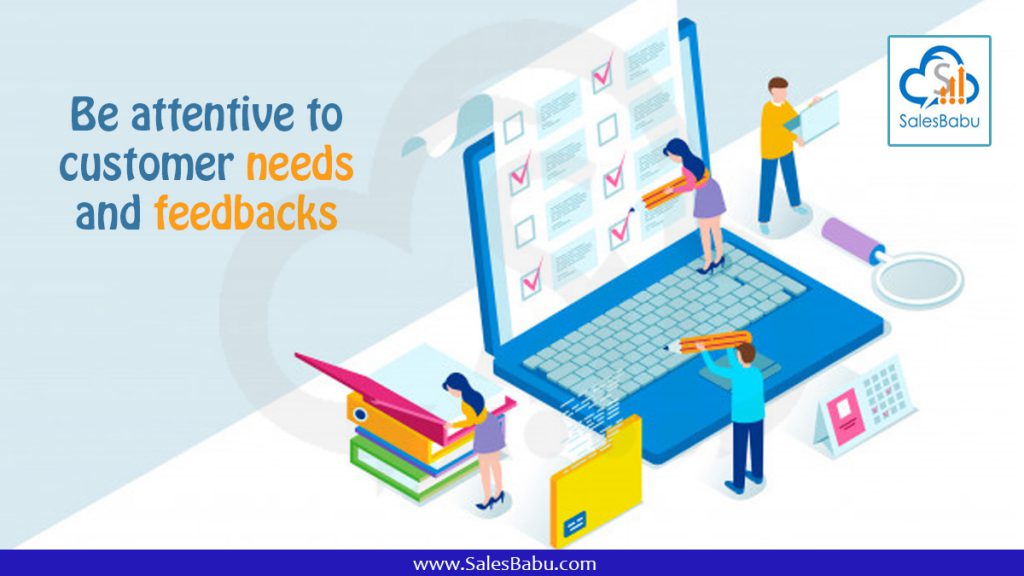With more and more customers shifting towards online marketing, it has become the need of the hour to provide best customer experience for our client to stay intact in these tides of changing market strategies.
The twist here is that instead of providing the best efforts for customer experience many small and big service providers are still failing to survive in the customer experience market.
According to a survey done by Bain & Company , almost 80% of the companies rate their quality of customer experience to be a superior one whereas, only 8% of customers believe that they are receiving a great customer experience.
Over the years, it has been seen that companies who have implemented better customer experience strategies are performing well in terms of business revenue and lesser customer attrition rate.
Let’s now understand the basics of customer experience and how will be useful for our business.
What is customer experience?

There are two basic elements of a customer experience definition – perception and interaction.
Customer Experience (CX) is becoming the key differentiator and driver for growth and sustenance in the consumer industry. In other words, customer experience is the sum of a customer’s perceptions and feelings towards the cumulative effect of interactions with a company’s employees, systems, channels or product. In short, customer experience is how customers experience a company.
Customer Experience vs Customer Service
Customer service is a part of the whole customer experience. It is the support provided by a company to its customers while they buy or use its product or service. Customer experience is the overall perception a customer has during his purchase or business journey with a company.
Let’s discuss more on the key difference between customer service and customer experience?

Customer experience is a holistic proactive approach of keeping its customer perception towards the positive side. These can be done by creating customer centric business strategies to not only keep its loyal customers retained, but also creating a valuable brand name to attract many more prospective clients.
Customer Service, on the other hand, is reactive, where once the customers start reporting issues in the product or service, a team of customer service will try and provide probable solutions to the issues.
Service providing companies need to understand that improper customer services from your team which eventually lead to bad customer experience for the clients. A great combination of proactive customer service measures are the best ways to ensure great customer experience and boost overall customer loyalty towards your business.
Importance of Customer Experience
With big market of smartphones and internet connectivity, customers have numerous options in hand to change their product or service agent if they are not satisfied with its customer experience. Today’s customer can switch companies and products very easily which has been an advantage for them but turns out to be a big matter of concerns for many firms. Therefore, organizations are investing in improving customer experience to reap the following benefits of customer experience management –
1. Reinvest on Brand Value
Many customers are driven by brand name and online reviews on customer experience and overall business experience. Hence by providing great customer experience to your existing customer you can just improve your brand name in the market.
2. Reduce Customer Churn
Acquiring a new client costs 7 times more than retaining an existing one. A satisfied customer stays with the company and eventually reduces the overall customer acquisition cost.
3. Customer Testimonials
Long lasting customers are the best brand ambassadors and great advocates for a company. Online marketing strategies with old customers reviews on social media, blogs, web pages etc are great to advertise your business model and earn more business.
4. Boost Revenue
Incremental sales from satisfied customers and positive word of mouth helps the organization to get new business from many prospective clients.

Enhancing Customer Experience through CRM Strategies
1. Establishing Objectives
An essential step in increasing customer experience (CX) includes a comprehensive evaluation of your business goals, vision, and customer service processes. A successful CX plannings hinges on a profound knowledge of the business objectives and the prioritization of tasks goes well with the current business requirements. The overarching objective of such strategies should be to gather customer experience targets, ensuring customer satisfaction with your services. Creating a prompt CX strategy includes acknowledging key queries:
- What technology, expertise, tools, and processes are needed to introduce the new objectives of the customer experience planning?
- What are the existing gaps among the customer experience and customer expectations for your products?
- How well does your ongoing internal system adapt to the latest process aimed at improving customer experience?
Possessing a systematic understanding of the ongoing business landscape, along with figuring out the areas for improvement or gaps that require attention, is necessary for refining your company’s entire customer experience.
2. Customer Insight and Relationship Management
Customer Relationship Management (CRM) software not only collects information on potential leads but also manages to store it in a centralized, cloud-based database—an invaluable asset for any developing business. With comprehensive customer detailings seamlessly accessible to all stakeholders, several productive plannings can be developed to improve the entire customer experience.
Starting with the understanding of customers includes growing into their regional background, personal interests, and inclinations towards our products. Eventually, a deep dive into the customer’s marketing trends with the help of social media monitoring and other information collecting tools provides a clear picture of their preferences. Equipped with such knowledge, customized campaigns can be formulated proactively before interacting with the customer through proposals.

Armed with your sales and marketing team members with a nuanced understanding of customer perceptions and expectations locates them to deliver a seamless, customized, and dynamic experience. Research signifies that verbal interaction represents only 7% of the entire interaction experience, while the manner in which the message is communicated has a fivefold influence on the recipient. Therefore, it is necessary to fully grasp customer requirements and approach them with sensitivity when presenting business strategies.
3. Channel Flexibility
Most of the online CRM softwares already have omnichannel support for customer support but creating a strategy for these multi channel support systems is very important for usage of these technologies. Once we have basic knowledge of our customers we should start sending them product information, webpage links, demo and blog information through email and keep in touch with them through phone calls or any other preferred mode of communication for the customer. We should also make sure we have fixed appointments and agenda for the meeting and interaction sessions to consider customer availability and comfort zone. Along with support via email and phone customers should be given a choice to contact our sales or support team through different channel at specific touch-points of the sales process. Our support system should be able to switch channels for a customer without losing the context of previous customer interactions or compromising on the experience.
Customers should always be given ticket Ids or token code so that they have a reference point to communicate through when interacting with different staff members in the customer care section. This will also help support agent to understand any previous discussion of the customer and not ask them repetitive questions and keep them happy with our overall approach to their concerns and queries.
4. Be attentive to customer needs and feedbacks

The only way to understand a customer’s dynamic buying journey is to put yourself in their shoes and see things from their perspective.
This is made possible by techniques like customer journey mapping—a customer experience strategy where businesses create a visual representation of the customer journey based on various touchpoints between a customer and your brand pre, during or post sales.
Feedbacks are very important for any company to improve customer experience. Studies say if we listen closely we will hear customers giving us actionable feedback telling us what they want.
We should use post interaction real time feedback surveys or even follow up with customers over the phone for more details on any comment given by customers on our product or service. We should pay attention to what is being said about our company and product on social media, this is where customers are usually the most honest. We should monitor social media for our product reviews and tweets and try to give positive resolution or workaround for issues raised by customer on public domain to show our company’s work culture is positive.
5. Improved customer care and sale team
Customer care department and sales team are the face of our company when dealing with our customers. One of the best way to improve customer experience is to continuously train your sales and customer care staff on non-manipulative, strategic selling principles, methods and understanding. Continuous investment in training yields over 50% more net sales per employee, 40% more gross profit per employee and 20% more market to book value.
More expertise and trained people in your sales team means more revenue and happy customer for the company.
Conclusion
Customer experience is one of the biggest opportunities that businesses have to capture loyal customer and continue doing business with us. There is no limit to what a good customer experience strategy can take us to in regards to customer inflow, higher retention and increased business revenues.













